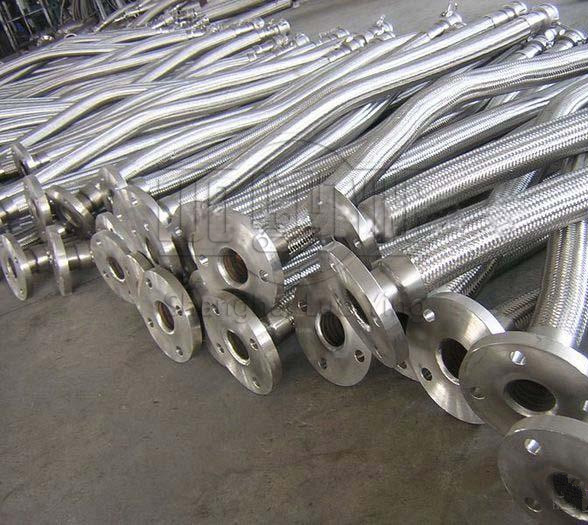Metal hose characteristics and selection requirements
Feb-23-16
Metal hose heat treatment process is still relatively cumbersome, in order to obtain qualified metallographic organization, metal hose adjustment needs a lot of space. Therefore, the cooling section of the current advanced bright annealing furnace mostly uses strong convection cooling, and has three cooling sections, which can be adjusted separately air volume. Metal hose direction is divided into three sections, the cooling speed through the width of the metal hose direction to control the plate shape. Metal hose surface are left with small uneven knife marks, resulting in peaks and valleys.Welding processing principle: is a pressure finishing process, the use of metal at room temperature cold plasticity characteristics, with welding tools on the metal hose surface to apply a certain pressure, so that the metal on the surface of the metal hose plastic flow, and fill to the original residual low groove, thus reducing the roughness value of the metal hose surface.
Due to the plastic deformation of metal on the surface of metal hose, the surface structure is cold hardened, the grains become fine, forming a dense fibrous, and forming a residual stress layer, thus increasing the hardness and strength, thus improving the wear resistance, corrosion resistance and compatibility of the surface of metal hose. Metal hose is a non-cutting plastic processing method. Metal hoses are processed by welding. As the surface layer has surface residual compressive stress, it is conducive to the closure of small surface cracks and hinders the expansion of erosion.

After metal hose, reducing the surface roughness value can improve the matching performance. Welding processing is a chipless processing, which uses the plastic deformation of metal at room temperature to flatten the microscopic inhomogeneity of the metal hose surface, thus achieving the purpose of changing the surface structure, mechanical properties, shape and size. Therefore, this method can simultaneously achieve both finishing and strengthening purposes, which cannot be achieved by grinding.

